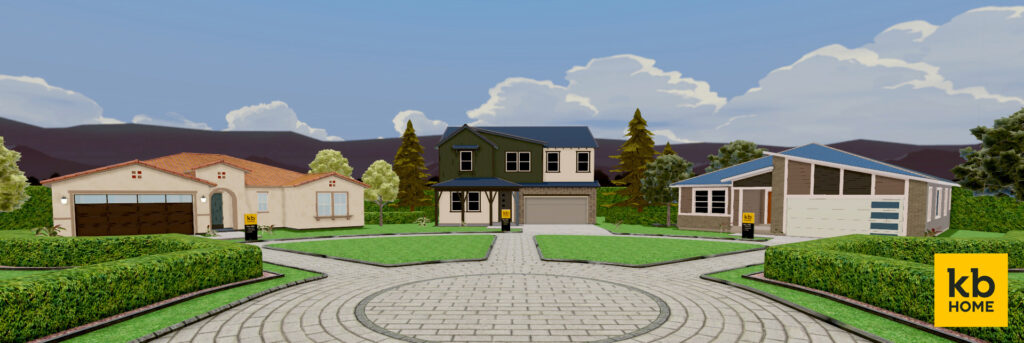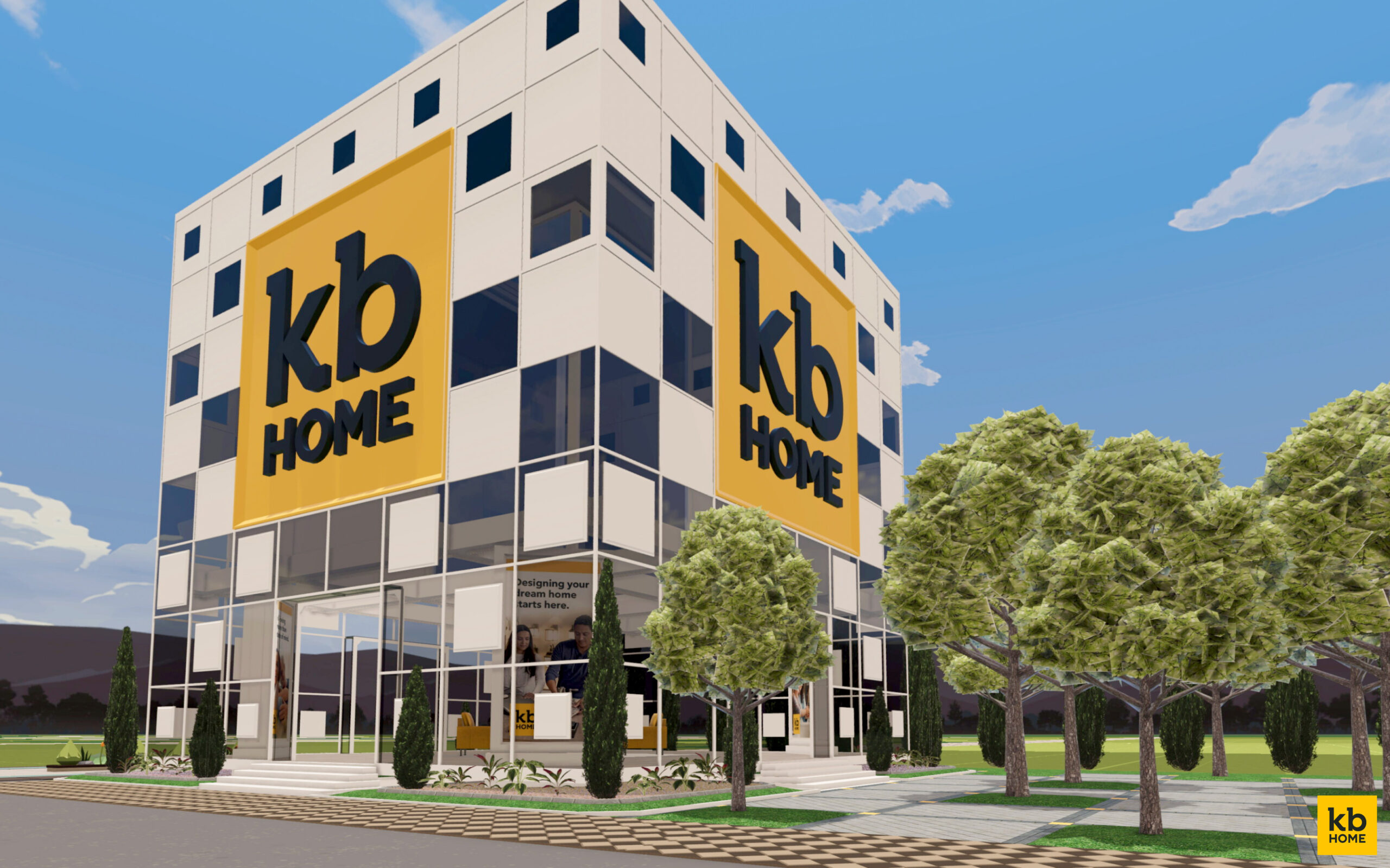Consumers today are spoiled with the technology available at their fingertips. They can do their research, browse endless catalogs of product, compare similar goods and ultimately make their purchase with a few taps or clicks. But still, it seems, there’s room for improvement in the shopping experience — and it comes in the form of the metaverse.
If there’s one “challenge” with the current way of shopping online, it’s that the consumer can’t really visualize the product they’re looking for — let’s stick with furniture and appliances in this instance — in their home. Better yet, when it comes to those larger home renovation projects, they can’t visualize what it would be like to walk through that reimagined room. Augmented reality plugins have attempted to bring those products and projects to life via the smartphone, but those experiences still leave a lot to be desired.
Turns out, the metaverse could be the perfect place to solve all of those challenges.
One of the largest homebuilders in the country, KB Homes, recently launched a new-home community in the Decentraland platform that lets users virtually tour three architecturally distinct model homes. To be clear, these virtual tours are not akin to a Google Street View experience where you click your way through an environment built around 360-degree images. Rather, the user can take their virtual avatar into each home and interact with the environment. A virtual host greets the user and offers multiple ways for the visitor to continue the homebuying journey in the physical world.

“We know consumers are increasingly immersing themselves and spending more time in virtual spaces,” Jeffrey Mezger, Chairman, President and CEO of KB Home, said in a statement. “KB Home’s metaverse community is all about discovery and creation and provides a captivating setting for homebuyers to explore what truly sets us apart – innovative design, personalization and partnership.”
Sticking to that virtual experience for a moment, the interactivity of the experience is what really stands out. In engaging with the environment, the user can do more than just walk around and read info cards about various elements of the home. They can actually change the design in real time. Everything from the flooring, cabinets, countertops, faucets, backsplash, lighting and more can be adjusted to the user’s liking.
It’s a platform that works seamlessly for the new-home-build community, but the concept could very easily be translated to what appliance and furniture retailers — and especially custom integrators and other dealers who offer design and work — offer to their clients. Imagine being able to showcase some of your best work to your potential clients as a way to get them in the door. And then, before you begin the actual work of building out that home theater room or renovating the kitchen, you could work with the client through a virtual platform, built around their actual kitchen or new addition, that lets them walk through the new space before a single nail has been hammered into place.

“There’s tons of opportunity in the broader metaverse space for retailers and for enterprises right now to use those tools very productively,” Steve McLean, CEO of ReadySet, explained in a recent Independent Thinking Podcast. “The thing to keep in mind is that whatever you do in this space, the equity is cumulative. And so, we always think that from a retailer perspective, figuring out a way to build these assets to deliver ROI as part of your workflow, as part of your optimizing of whatever it might be relative to your business, that’s a great place to start.”
And it starts with not being afraid to take the leap into a new space. You’ve done it before, and frankly not that long ago. The internet. Social media. Digital advertising. These are all fairly new ways of marketing your business in the grand scheme of things. The metaverse is setting itself up to be the next big wave of opportunity. And the sooner you catch that wave, the farther ahead of the competition you’ll find yourself.




